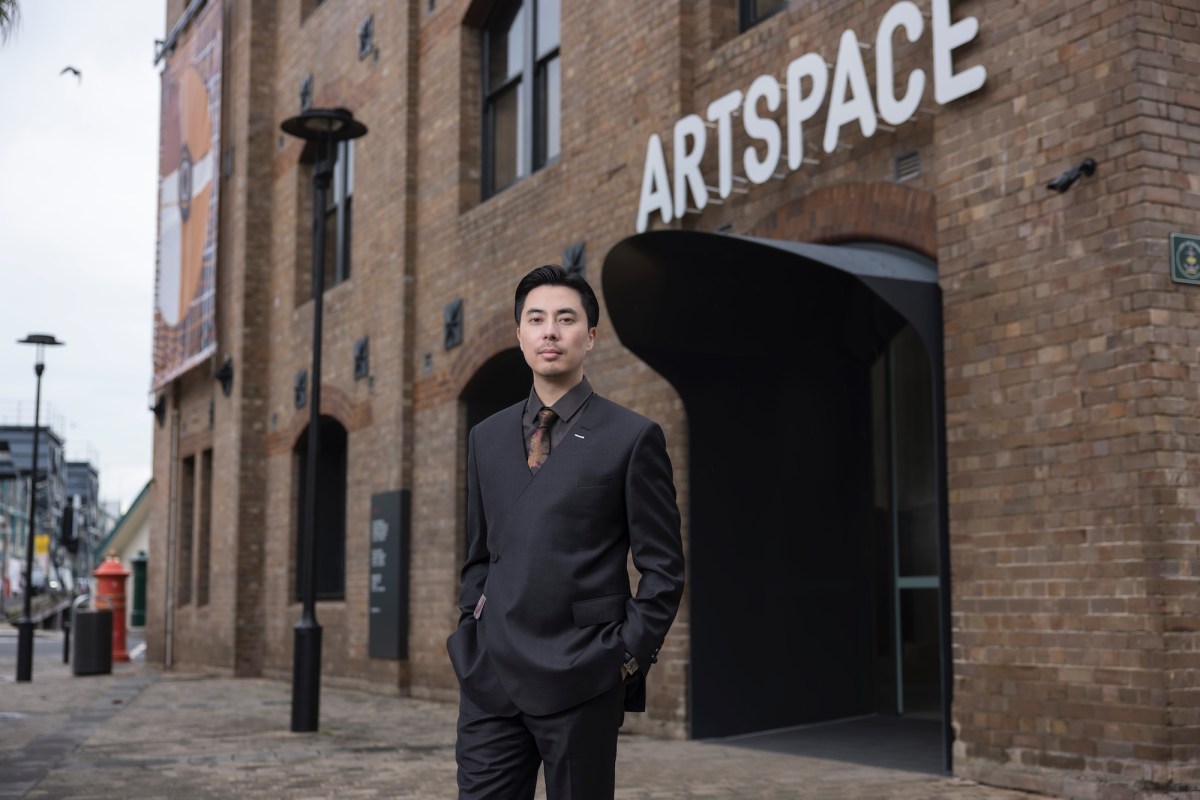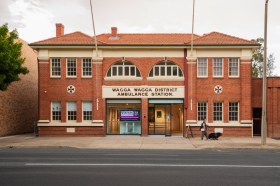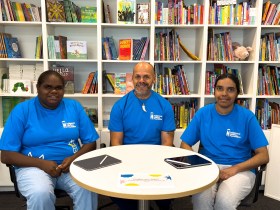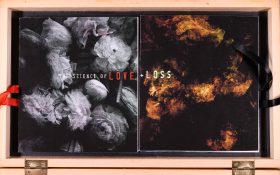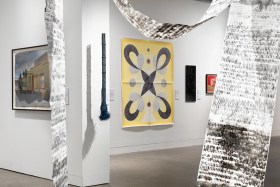Affordable is a word that doesn’t easily match with Sydney, and yet access is a key vision on the horizon for incoming Director of Artspace, Victor Wang 王宗孚.
Relocating from the international art hub of Beijing in China, where Wang has served as the Executive and Artistic Director of the multidimensional, private museum M WOODS Museum for the past five years, he describes Sydney as “an nexus.”
Wang tells ArtsHub: “It’s one of the things, as an outsider, that has stood out to me, and I’m still trying to figure out why Sydney’s rental prices are as expensive as Beijing, which has 20 million people.”
